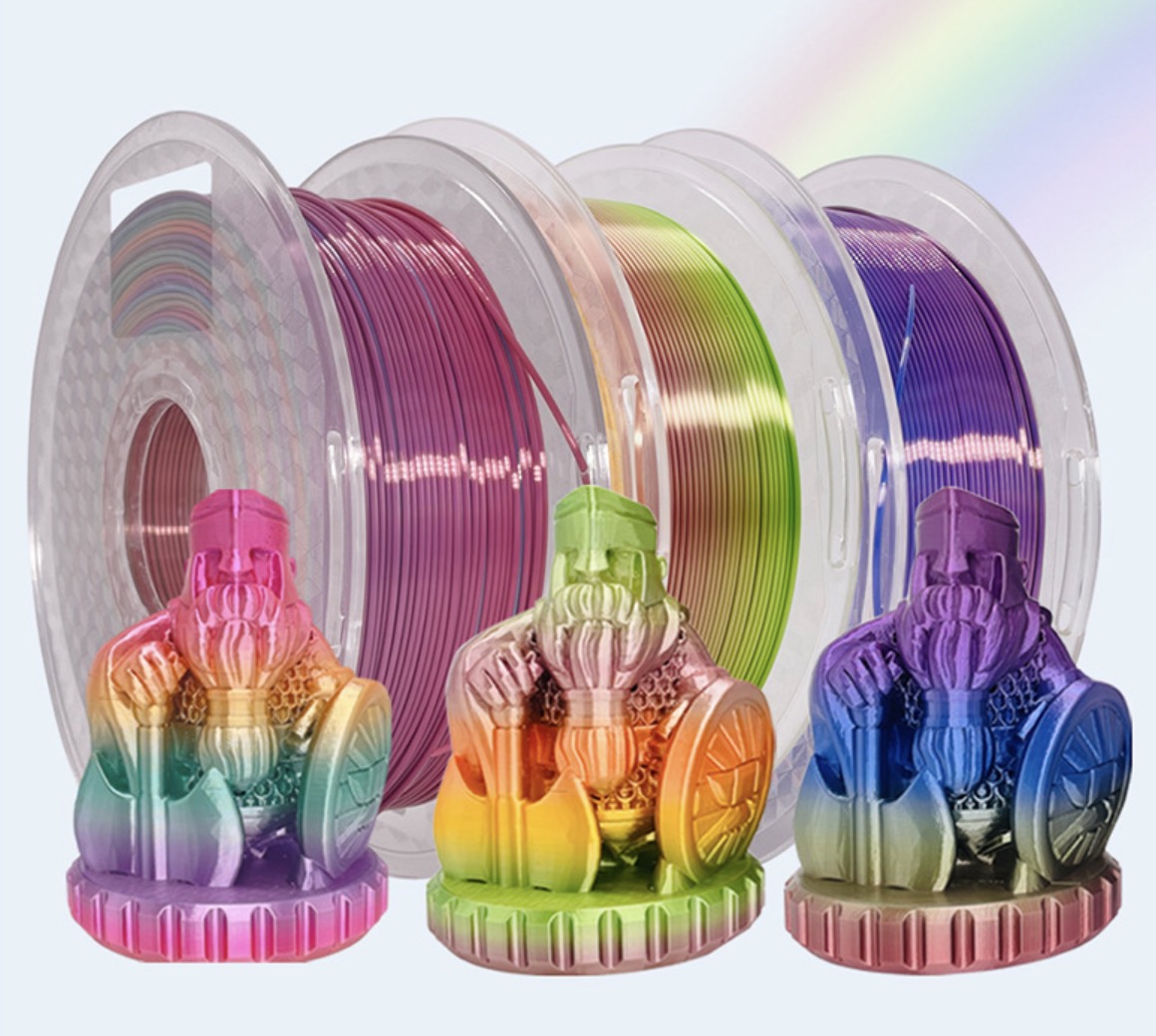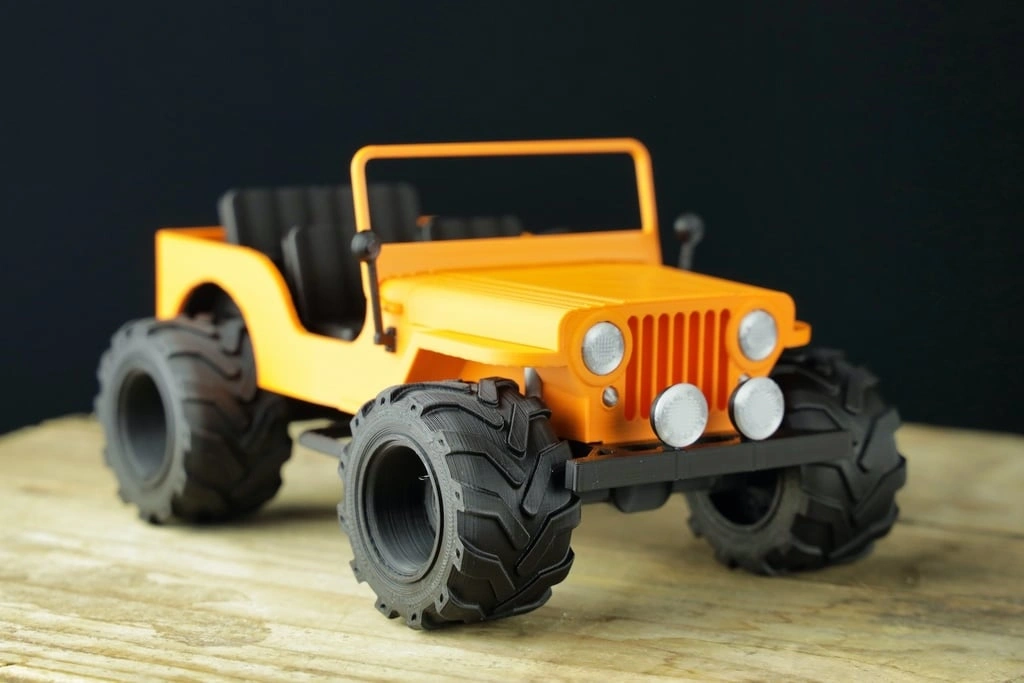How to Design and 3D Print a Guitar
Aug 10,2023 | 3D4Create
I. Introduction
3D printing has made manufacturing customized musical instruments more accessible than ever. With a desktop 3D printer, you can now design and print your own guitar with customized shapes, styles, and features.
3D printed guitars offer many benefits over mass produced factory guitars. You can tailor the size, shape, and hardware to your exact playing style and needs. Printed guitars also provide a unique way to get creative and make a truly personal instrument.
In this guide, we’ll walk through the full process of designing, printing, and assembling your own 3D printed guitar. With some planning and practice, you can print and play a custom guitar tailored to your music.
| Steps | Main Points |
|---|---|
| Design Planning | Consider type, body shape, style, hardware, electronics, scale length |
| Modeling |
|
| Print Settings |
|
| Post-Print Work | Sanding, painting, installing hardware/electronics, strings, setup adjustments |
| Playing |
|
II. Planning the Design
Before modeling the guitar, think about these design considerations:
- Guitar type - Solid body, semi-hollow or hollow? This affects weight, tone, and structure.
- Body shape - Stratocaster? Telecaster? Explore different guitar body shapes and profiles.
- Style - Pick a style like rock, blues, jazz, metal etc. This influences aesthetics and hardware.
- Hardware - Tuning keys, bridges, pickups etc. Many components can be printed or purchased.
- Electronics - Plan cavities and routes for wiring, circuit boards, pickups and controls.
- Scale length - This dictates the fret spacing and length of the neck. Match your playing style.
You can find the following model in printables.
- Who designed it? Mikolas Zuza
- How printable/popular is it? 12k downloads
- Where to find it? Printables
- Is it free or paid? Free

III. Modeling the Guitar
With design goals in mind, start modeling the guitar in your preferred 3D modeling program. Key components to model include:
- Body - Design the curves, cavities, contours, and style elements like pickguards.
- Neck - Model the correct fret scale length and profile for comfort and playability.
- Fretboard - Add frets and position markers aligned to the scale length.
- Bridge - Create mounting points and saddle slots to position for intonation.
- Headstock - Model tuner holes and shaping for attaching tuning keys.
Take measurements from existing guitars to get anatomically correct sizing and spacing. Refine shapes to optimize printability.
IV. Dialing In Print Settings
Guitar materials need to balance strength, weight and acoustic properties. Common choices include:
- PLA - Easiest material to print with. Lightweight but more fragile tone.
- ABS - Stronger than PLA with brighter tone, but more difficult to print. There are more difference between PLA and ABS.
- Carbon fiber mixes - Stiff and dense for excellent sustain and tone. Tricky to print.
- Wood/bronze fills - Yield a warm, woody acoustic tone. Require mixing filaments.
Other print settings for optimal quality:
- Print orientation - Minimize supports by aligning to print on edge or upright.
- Layer height - Low layer heights of 0.1mm or 0.2mm provide a smooth finish.
- Infill - Balance lightweight and rigidity (15-30% recommended) with honeycomb patterns.
- Supports - Use sparingly, avoid overhangs, and orient for clean surface finish.

Spectrum Splendor PLA Filament
V. Post-Print Work For 3D Print Guitar
After printing, some post-processing and assembly is required:
- Sanding - Smooth layer lines and rough patches for a polished finish. Fill any gaps.
- Painting - Prime, paint and finish the body for desired style and visuals.
- Hardware - Install tuners, bridges, strap buttons and electronic components.
- Electronics - Solder pickups. pots, capacitors etc. based on planned circuits.
- Strings - Install strings once the bridge is positioned and tuned properly.
- Setup - Make truss rod and string height adjustments for optimal playability.

3D Printing Guitar Model (photo: 3D Printing)
VI. Playing Your Creation
It will take some practice to get the look, tone, and feel right. Tips for quality:
- Print multiple iterations to improve the design and dial in the sound.
- Use higher infill around bridges for stability and sustain.
- Seal porous materials like PLA for better acoustic properties.
With some trial and error, you can 3D print a custom guitar tailored exactly for your playing needs and style. Let your creativity run wild!
VII. Conclusion
Printing your own guitar provides an incredibly fun and rewarding experience. By following this guide, you can design, print, assemble and play a personalized 3D printed guitar. Let us know how your printed guitar creations turn out!
FAQS:
1. Do 3D printed guitars actually work?
Yes, 3D printed guitars can be fully functional and playable instruments. The printing process allows complete customization of the design to create great tone and playability. With quality materials and hardware, 3D printed guitars can sound and perform just as well as factory models.
2. What is the best material for 3D printing a guitar?
PLA and ABS are common but wooden/bronze filament blends provide the best tone. Polycarbonate and carbon fiber mixes also work well for maximizing rigidity and sustain. The material affects resonance, sustain, and acoustic properties.
3. Can you 3D print an acoustic guitar?
It is possible but challenging. Acoustics require specific chambers and voids to amplify and project the sound. Dialing in the structure and infill to produce quality acoustic properties demands a lot of design work and iterations. Electric guitars are easier.
4. Can you 3D print guitar picks?
Yes, 3D printing is great for making custom guitar picks. Picks can be printed in rigid materials like PLA or PETG and polished for comfort and grip. The size, shape, thickness, and flex can all be customized to suit your playing style.
See Also
The 15 Most Innovative 3D Printed Swords - Collapsible and Mystical
Best 25 3D Printed Fidget Toys to Keep Your Hands Busy in 2023
Best 20 3D Print Files for Axolotls: Make Your Own Axolotl Army


